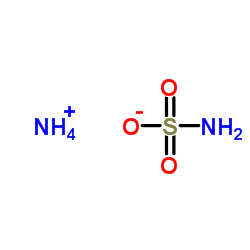| Structure | Name/CAS No. | Articles |
|---|---|---|
 |
Ammonium sulfamate
CAS:7773-06-0 |
|
 |
Arylsulfatase
CAS:9016-17-5 |
|
 |
Sulfamic acid
CAS:5329-14-6 |